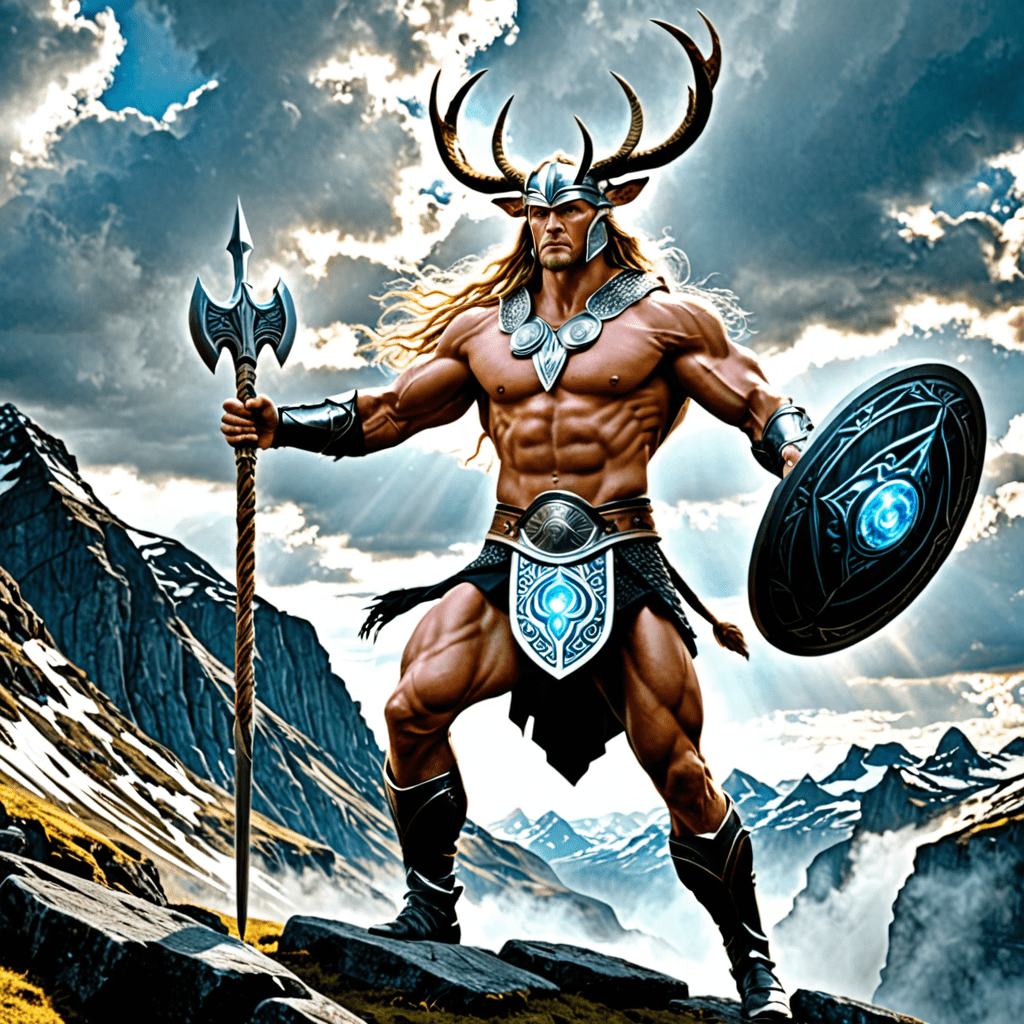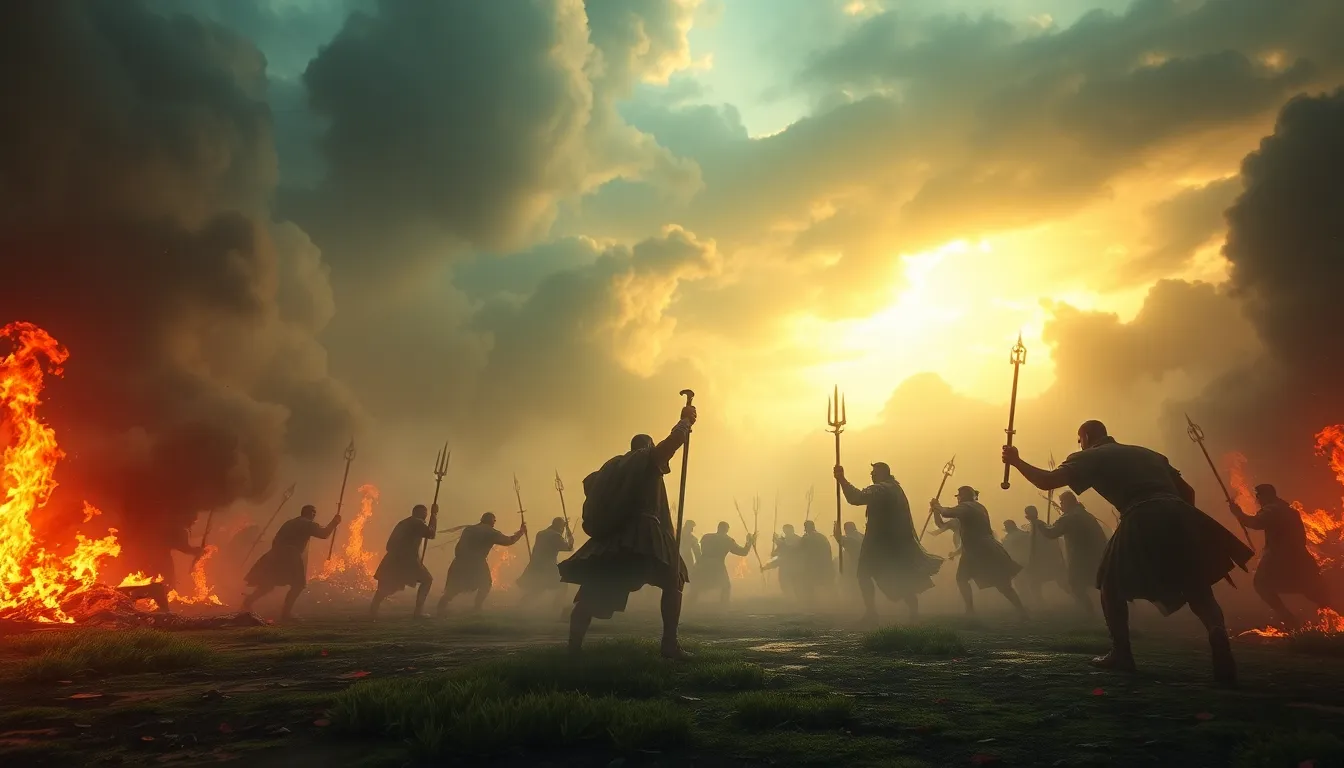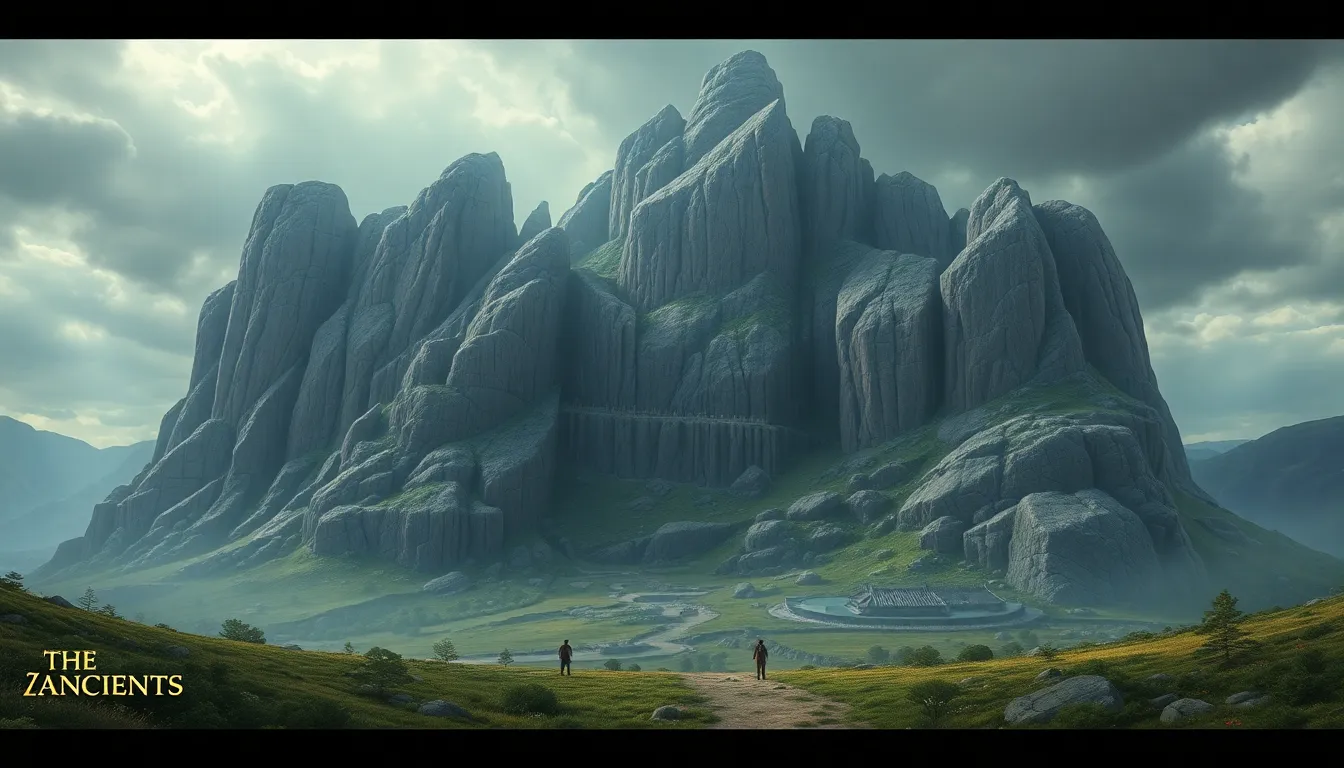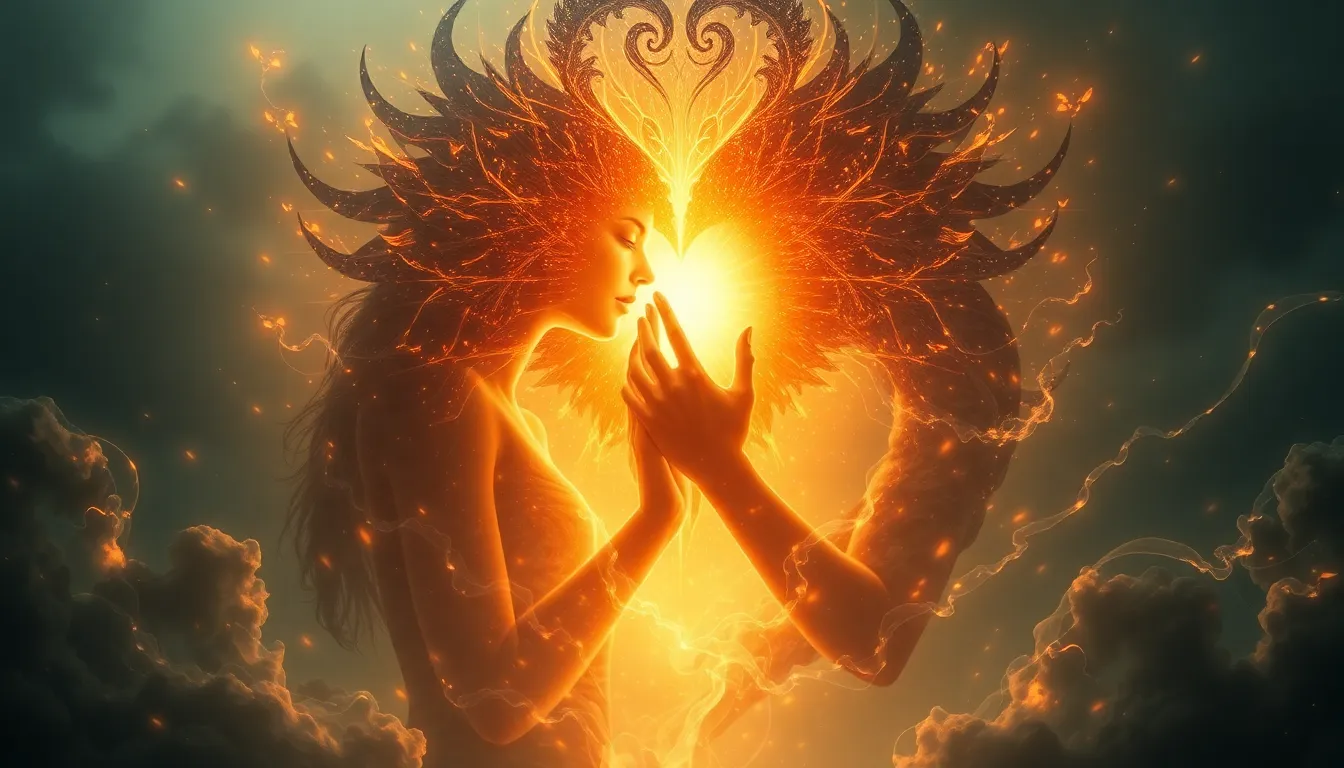The Concept of Transformation and Rebirth in Norse Mythology
In Norse mythology, transformation and rebirth are intricate themes that play significant roles in the tales of the gods, giants, and other mythical beings. Let’s delve into the rich and mystical world of Norse folklore to explore the profound meaning behind these concepts.
Transformation in Norse Mythology:
Transformation in Norse mythology often involves gods and other mythical beings changing their appearances or forms to navigate situations or achieve specific purposes. One of the most well-known instances of transformation is the story of Loki, the shape-shifter, who could alter his form to trick and deceive others. The ability to transform symbolizes adaptability, cunning, and the dynamic nature of life in Norse beliefs.
Rebirth and Renewal:
Rebirth is a fundamental concept in Norse mythology, symbolizing new beginnings, growth, and the cyclic nature of existence. The myth of Ragnarök, the end of the world followed by a rebirth of the earth and gods, embodies the theme of renewal after destruction. The idea of rebirth is intricately linked to the concept of fate and the eternal cycles of creation and destruction.
The Symbolism of Transformation and Rebirth:
In Norse mythology, transformation and rebirth hold deeper symbolic meanings beyond the physical changes of beings. Transformation often represents inner growth, evolution, and the journey towards self-discovery. Rebirth symbolizes redemption, second chances, and the eternal cycle of life, death, and renewal. These themes remind us of the impermanence of existence and the constant opportunities for transformation and growth.
The Role of Transformation and Rebirth in Norse Culture:
Throughout history, Norse mythology has influenced various aspects of culture and art, reflecting the profound concepts of transformation and rebirth. These themes continue to inspire contemporary works, reminding us of the timeless wisdom embedded in the ancient myths of the Norse pantheon. By exploring the intricacies of transformation and rebirth in Norse mythology, we can gain insights into the depths of human experience and the cyclical nature of life itself.
FAQs about Transformation and Rebirth in Norse Mythology
What is the significance of transformation in Norse mythology?
In Norse mythology, transformation symbolizes change, growth, and renewal. It often reflects the cyclical nature of life, death, and rebirth in the Norse belief system.
How do Norse myths portray the concept of rebirth?
Norse myths often depict rebirth through various themes such as resurrection, reincarnation, and the cycle of life. Characters like Odin and Balder show the idea of rebirth through their transformative journeys.
What role does the concept of transformation play in the Norse worldview?
Transformation in Norse mythology represents adaptation, evolution, and the constant state of flux in the natural and divine order. It underscores the idea of growth and change as essential aspects of life.
Are there specific Norse gods associated with transformation and rebirth?
Yes, certain Norse gods like Odin, the Allfather, are closely linked to transformation and rebirth. Odin’s quest for wisdom and sacrifice exemplify the transformative process in Norse mythology.




